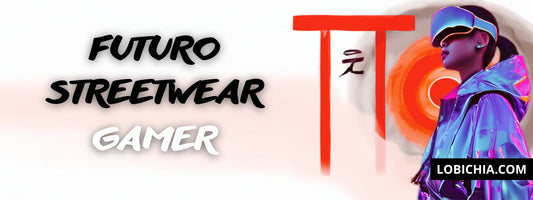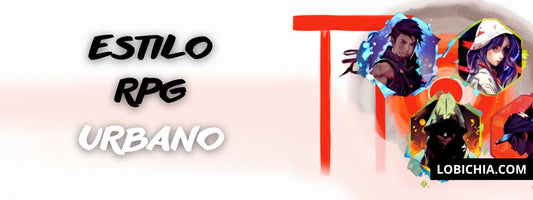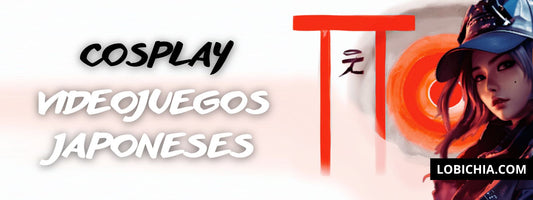Imagine this! In the 1980s, the streets of Japan exploded with the raw energy of J-Rock as bands like X Japan and L'Arc-en-Ciel took the stage with their revolutionary music. Did you know that this vibrant music scene not only influenced the music industry, but also left an indelible mark on Japanese street fashion? Since then, J-Rock has been more than just music: it has been a cultural phenomenon that has shaped the urban style of a generation. Join us on a journey through the history of J-Rock and its impact on Japanese streetwear.
Index:
- Origins of J-Rock: From Garages to Stardom
- The Historical Influence on Japanese Streetwear
- Iconic Bands and Their Impact on Urban Fashion
- Collaborations with Fashion Brands: Merging Music and Style
- Internal Links to Other Related Articles
- Frequently Asked Questions about J-Rock and Streetwear
Origins of J-Rock: From Garages to Stardom
J-Rock , short for Japanese rock, emerged in the 1960s as a fusion of Western and Japanese influences. Bands like The Tigers and The Spiders were pioneers in the genre, adapting the sound of Western rock 'n' roll to the Japanese language. Over time, J-Rock evolved to include a variety of styles, from punk and heavy metal to pop and glam rock.

The Historical Influence on Japanese Streetwear
J-Rock not only transformed the Japanese music scene, but also left an indelible mark on urban fashion. From printed t-shirts to embellished leather jackets , J-Rock style became an expression of rebellion and authenticity. Young Japanese adopted the look of their musical idols, creating a unique aesthetic that soon spread through the streets of Tokyo and beyond.

Iconic Bands and Their Impact on Urban Fashion
Bands like X Japan , with their extravagant style and theatrical performances, became icons of Japanese urban fashion. The band, led by the charismatic Yoshiki , not only influenced the music scene, but also inspired fashion trends with their unique and extravagant outfits. Likewise, L'Arc-en-Ciel captivated fans with their eclectic style and innovative music, becoming a dominant force in the world of J-Rock and Japanese streetwear.

Collaborations with Fashion Brands: Merging Music and Style
J-Rock has generated numerous collaborations with fashion brands, bringing the aesthetics of Japanese rock to a wider audience. From capsule collections to exclusive releases, these collaborations have celebrated the fusion of music and fashion in an exciting and creative way. Bands like X Japan have collaborated with internationally renowned brands, elevating their unique style to new heights and solidifying their place in streetwear history.

Frequent questions
-
What is J-Rock and how did it influence Japanese street fashion?
-
Which Japanese rock bands are considered iconic in the J-Rock scene?
-
What types of clothing and styles are commonly associated with J-Rock inspired streetwear?
-
How have collaborations between J-Rock bands and fashion brands evolved over the years?
-
What other cultural influences have contributed to the style of J-Rock and its impact on Japanese streetwear?
In addition to music, J-Rock and its impact on Japanese streetwear have been influenced by a variety of other forms of art and culture. This includes visual art, film, kabuki theater, literature, and punk subculture. These cultural influences intertwine to create a unique and distinctive style that has captured the imagination of millions around the world.

In conclusion, J-Rock has left an indelible mark on the history of Japanese music and fashion. From its humble beginnings in the garages of Tokyo to its dominance of the streets of Harajuku, J-Rock has been a beacon of creativity, rebellion and authenticity. Continue exploring this exciting intersection of music and fashion to discover new inspirations and expressions of style. The creative fusion of music and fashion is waiting to be discovered at www.lobichia.com !
Information sources:
- "X Japan: The Tears of Samurai" - Book by Heidi Dobbs
- "Visual Kei: Aesthetics and Subculture in Contemporary Japan" - Book by Alex Shakar




